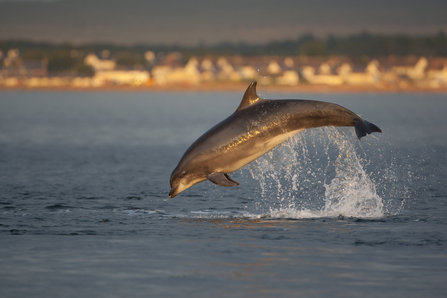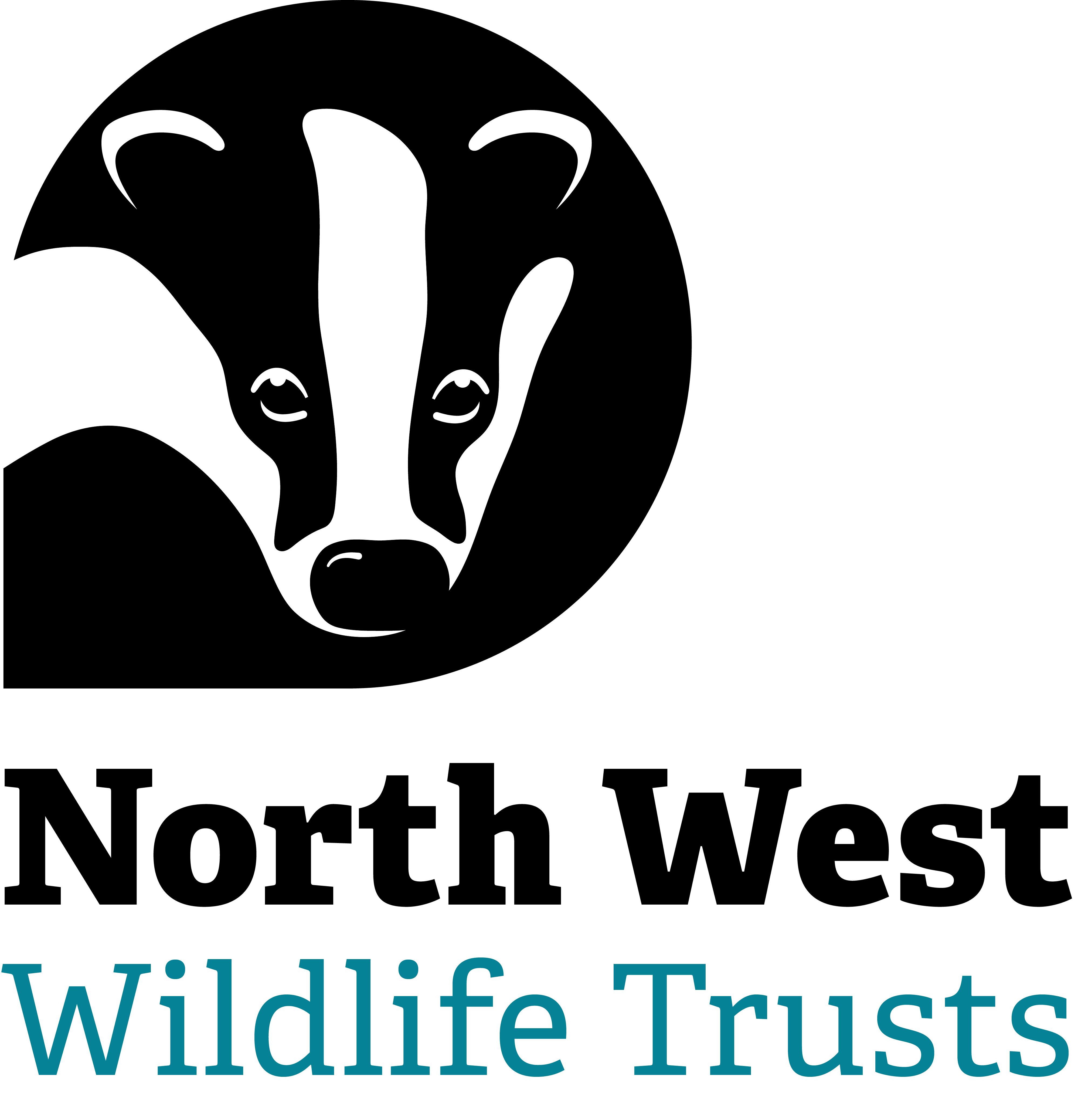Razorbills ©Alice Trevail
New campaign to protect wildlife at sea
The North West Wildlife Trusts are urging people to sign a new e-petition to help protect wildlife in several special sites in the Irish Sea. The charity is urging people to sign the new e-petition on International Mud Day (29 June), as several of the proposed conservation sites are important muddy habitats.
The campaign is in response to the Government’s recent announcement that it is running a public consultation on whether to create 41 new Marine Conservation Zones (MCZs) – a type of protected area at sea – in the waters around England. Six of these zones are in the Irish Sea, the Solway Firth, West of Copeland, Wyre& Lune, Ribble Estuary, Queenie Corner and South Rigg.
Senior Marine Conservation Officer for the North West Wildlife Trusts, Dr Emily Baxter explains how local people can get involved: “We know that public support plays a vital role in the Government’s final decision, so we need each and every person who loves the sea to act today. Without these sites, some of our most rare and vulnerable marine wildlife – from seahorses to living reefs - will remain at risk. That’s why we’re urging the public to have their say and join a giant #WaveOfSupport by signing the e-petition today. It can be found online at www.wildlifetrusts.org/waveofsupport - we don’t have long as the consultation ends on Friday 20 July!”

Bottlenose dolphins © John MacPherson/2020VISION
The estuaries of the Solway Firth, Wyre& Lune and Ribble, have been proposed for protection as they are important areas for smelt © Jack Perks
Dr Baxter explains why these sites are important: “The Solway Firth, Wyre & Lune and Ribble estuaries are being recommended to protect smelt, a small fish but a species of conservation importance. Smelt are also known as 'cucumber fish' due to their intense smell, reminiscent of fresh cucumbers! Smelt populations have declined dramatically over recent decades and we hope that the designation of these MCZs would help them thrive again.
“The Government’s nature conservation advisors have also recommended a new conservation site, West of Copeland, to help preserve ‘subtidal sediments’. This is the coarse sand, gravel and shingle found on the seabed. Most of the marine animals that live here are found buried in the seabed – the safest place to be. They include bristleworms, sand mason worms, small shrimp-like animals, burrowing anemones, carpet shell clams and venus cockles.
“South Rigg and Queenie Corner are two areas that have been put forward as Marine Conservation Zones in the Irish Sea,” explained Emily. “This is to protect the muddy seabed which is rich in an enormous range of marine life. In fact, it is as rich a habitat as the Amazon Rainforest! I’d encourage everyone to take a minute to add their name in support of the new Marine Conservation Zones on International Mud Day.”
Protection for the mud habitats of the Irish Sea will help to fill a significant gap in the current Marine Conservation Zone network. Less than 10% of subtidal mud is currently protected – and by the Government’s own recommendations, we need 15 to 30% protected to complete the network.
A weird and wonderful array of creatures burrow into the soft muddy and sandy seabed to make their homes, including: sea pens, burrowing anemones, ocean quahogs, Dublin Bay prawns (Scampi) and sea potatoes. Above the seabed, the waters are home to declining populations of fish, overfished over decades and now a shadow of their former richness. Dolphins and minke whales roam these waters, seeking out a fish supper alongside thousands of seabirds. But these mud habitats and the wildlife they support are under threat. They need your support now to ensure that they are protected for the future.
Emily continues: “We’re also delighted that protection for razorbills, an important species of seabirds, has been proposed, as an addition to the existing Cumbria Coast MCZ. This zone has been protecting 27km of our coastline, from just south of Whitehaven, around the cliffs at St Bees Head, right down to the mouth of the Ravenglass Estuary since 2013.”
Emily said: “If designated, these areas would join the Fylde and West of Walney, Allonby Bay and Cumbria Coast MCZs in the Irish Sea. It will start to create a network of protection for our seas which is great news for people and wildlife. However, we are disappointed that two further vital areas of deep sea mud in the Irish Sea are missing from the consultation.”
The public have until Friday 20 July to make their views known.
